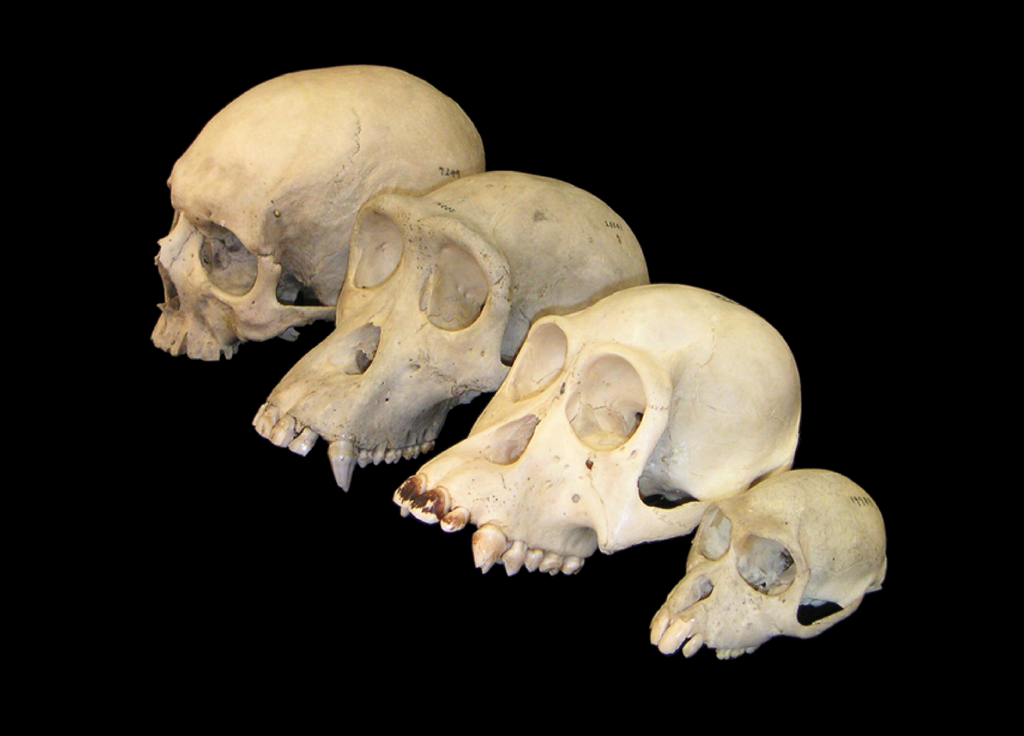Scientists now think that a diet rich in carbohydrates was necessary for the human brain to evolve to its modern size.
The idea behind the trendy “Paleo Diet” is compelling. Only consume foods that our ancestors would have eaten while the modern human form was evolving. But did early humans really only eat meat, fruit, and vegetables? According to research published this month, carbohydrates were not only a favorite of the Paleolithic people, they were also essential to the evolution of the human brain.
The hypothesis seems plausible because we already know that brains love carbohydrates — specifically glucose. Glucose, the building block of most complex carbohydrates including starch, is the only molecule that our brains can burn as fuel. Because bigger brains need more carbohydrates, the modern human brain consumes up to 25% of all energy used by the body and up to 60% of our glucose.
This begs the question: could we have evolved such big noggins without consuming large amounts of starch? Proponents of the “Paleolithic Diet” argue that cooking meat would have supplied enough glucose to allow for the evolution of modern brains— applying heat to food breaks down the complex molecules into simple carbohydrates that can quickly be converted to glucose. Indeed, archeological evidence suggests that controlled cooking fires arose around the same time that brains began to enlarge, but researchers don’t think meat was the only treat sizzling over those fires.
 |
Although meat and fruit appear to have been dietary staples around 800,000 years ago, genetic evidence indicates that the gene for digesting starch was becoming increasingly important at that time. While other primates have just two copies of salivary amylase, humans have around six! We acquired the additional copies within the last one million years, concurrently with the development of larger brains.
So which was it — cooking meat or eating starchy foods — that made larger brains a possibility for our ancestors in the Pleistocene era? Probably a combination of the two.
Salivary amylase is actually more effective at digesting cooked starch than raw crystalline starch. Because both the rise of cooking and gene duplication occurred at roughly the same time, scientists believe that cooking starchy foods set the stage for bigger brains.
If we want to optimize our diets to suit our bodies, it’s vital we understand more about our prehistoric beginnings.
Sources:
Paleo diet: Big brains needed carbs
The Importance of Dietary Carbohydrate in Human Evolution








Facebook comments